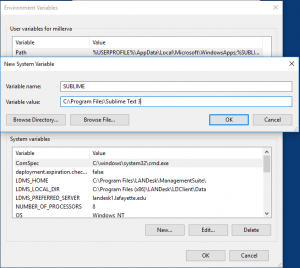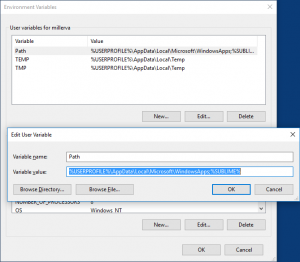I recently needed to be able to test connectivity from client systems in a number of locations to some new infrastructure. Obviously being able to remotely login to these systems is a lot more efficient than traveling around to all the locations. We do not have SSH enabled by default on our managed macOS clients.
I wanted to use Munki to enable SSH on select systems for testing, and then be able to disable it after testing was completed. I chose to do a nopkg installer to do this.
First up, the installcheck_script to check if SSH is enabled :
#!/bin/bash
#check to see if ssh is off
if [[ $(/usr/sbin/systemsetup -getremotelogin) = 'Remote Login: Off' ]]
then
# exit 0 to tell Munki an install is needed
exit 0
fi
# if not needed, exit 1
exit 1
Next, the postinstall_script to enable SSH :
#!/bin/bash
/usr/sbin/systemsetup -setremotelogin On
if [[ $(/usr/sbin/systemsetup -getremotelogin) = 'Remote Login: On' ]]
then
exit 0
fi
exit 1
Finally, the uninstall_script to disable SSH:
#!/bin/bash
/usr/sbin/systemsetup -f -setremotelogin Off
To build these into a suitable munki pkgsinfo :
makepkginfo --nopkg \
--installcheck_script installcheck_script.sh \
--postinstall_script postinstall_script.sh \
--uninstall_script uninstall_script.sh \
--unattended_install \
--unattended_uninstall \
--uninstall_method uninstall_script \
--name Enable_SSH \
--pkgvers 1.0 > Enable_SSH-1.0.plist
I then had to edit Enable_SSH-1.0.plist to add an uninstallable key with a value of True. The plist was copied into our munki repo and makecatalogs was run. I now have an item that when added to managed_installs will enable SSH on the next munki run. Conversely I can add it to managed_uninstalls to disable remote login.
Source files can be found in this GitHub repo

